It would be unfair to dub the Nikon D5600 as a mere “consumer” camera. This upper-entry level DSLR from Nikon offers a mix of consumer and professional camera features. We would rather call it a “prosumer” camera – one that works perfectly well as a stepping stone to pro-level cameras.
The D5600, a 2016 release, came seven years after the brand introduced its D5000 series back in 2009. Meanwhile, Nikon released several updates to its D5000 lineup, including D5100, D5200, D5300 and D5500.
The Nikon D5600 camera comes with some nice features, such as a vari-angle LCD monitor and the wireless SnapBridge technology for transferring photos from the camera to your smartphone.
But does this Nikon camera live up to expectations? How does it compare to its predecessors in the same lineup? How does it stack up against its rivals from other brands that target the same audience? Let’s find out.
Nikon D5600 Specs
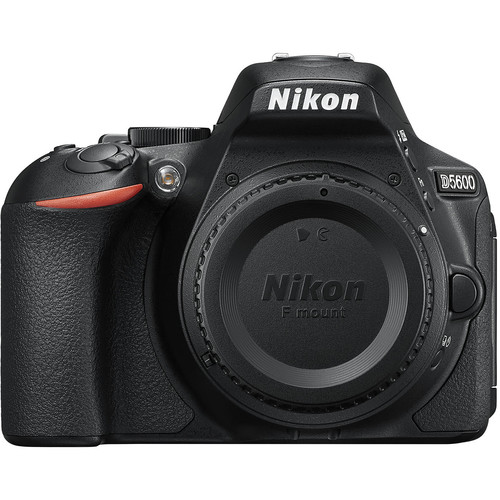
This camera comes with an APS-C (DX) CMOS image sensor capable of capturing premium quality images. With no Anti-Aliasing (AA) filter in front of the sensor, however, the camera lacks the ability to remove the so-called moiré patterns (wavy patterns) from images.
That being said, the absence of an AA filter helps the D5600 to offer great image sharpness and color rendition at an effective 24.2-million pixels.
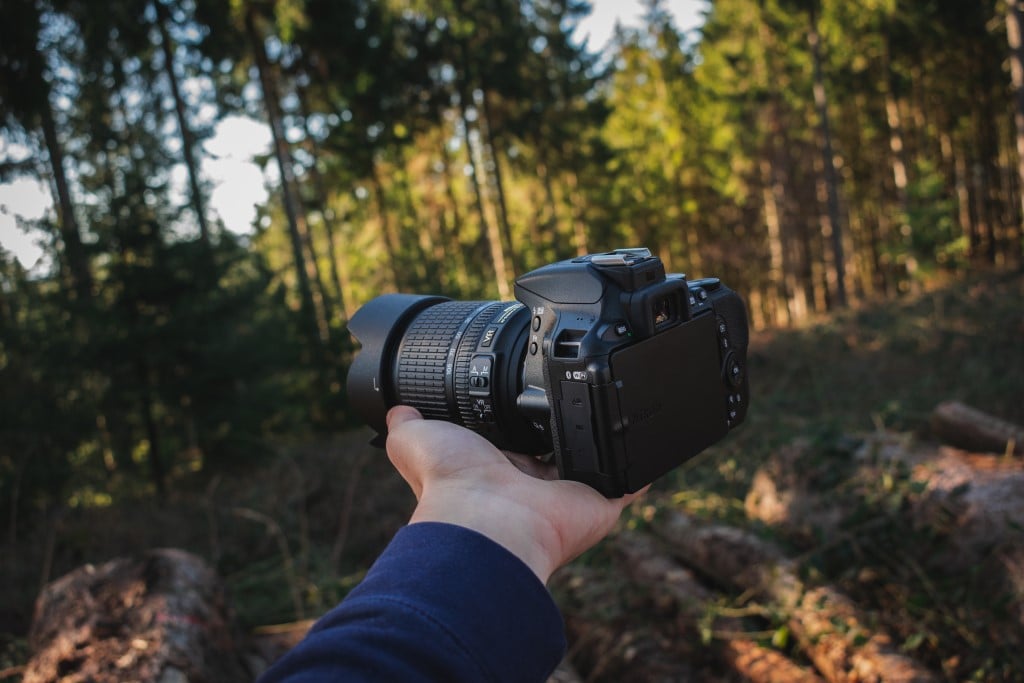

Thanks to its EXPEED 4 image-processing engine, the camera is very fast in capturing and rendering images.
It also offers a fairly high ISO range for the price. With an ISO range of up to 25600, it can capture highly detailed images with reduced noise levels, even in low light conditions.
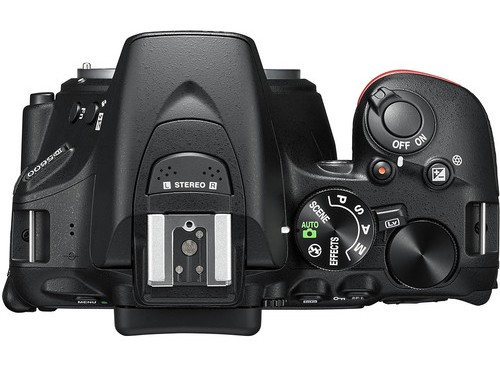
The wireless SnapBridge technology helps connect the camera to your smartphone via Bluetooth and allows automatic transfer of photos. With SnapBridge, you can also capture photos, see live view and transfer video files remotely.
It is a great feature to have, especially for those who want to share photos instantly on platforms like Facebook and Instagram. The SnapBridge system, however, still needs improvement. The current system doesn’t allow you to adjust other camera settings remotely.
If you are dipping your toes in sports or wildlife photography, the D5600 could be a good choice. It can capture 5 frames per second in burst or continuous shooting mode, which should be enough for beginners. However, if you are looking for a high-end camera for high-speed continuous shooting, you may want to go for other cameras like Nikon D7200 or the D500.
When it comes to image format options, the camera offers a few different types of JPEG and RAW. In fact, you can shoot RAW at up to 14 bit, which is perfect for those who want to work on the images in Lightroom or Photoshop.
As the video above by Maarten Heilbron shows, how it works perfectly fine in Auto mode.
You can set the camera’s Auto mode by pressing on a green square on the mode dial. You can also choose to use the shutter-priority or aperture-priority mode. If you need more creative control over exposure setting, you switch to manual exposure.
Nikon D5600 Body & Design
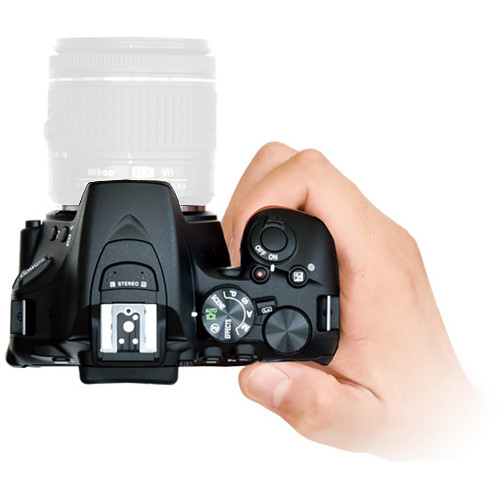
The Nikon D5600 is a DSLR camera, which means it has a mirror. That makes it heavier and larger than its mirrorless rivals, such as Fuji X-A5, Sony A6000 or Olympus E-M10 III. But the D5600 is still a lot smaller and lighter than most other DSLRs.
The camera’s body, made from polycarbonate plastic, is solid and sturdy. It comes with a deep and contoured grip, making it easy for you to hold the camera firm.
What really makes this camera stand out from the earlier models is its articulating flip screen. The vari-angle LCD monitor flips out, rotates and swivels, allowing you to take photos conveniently from almost any angle.
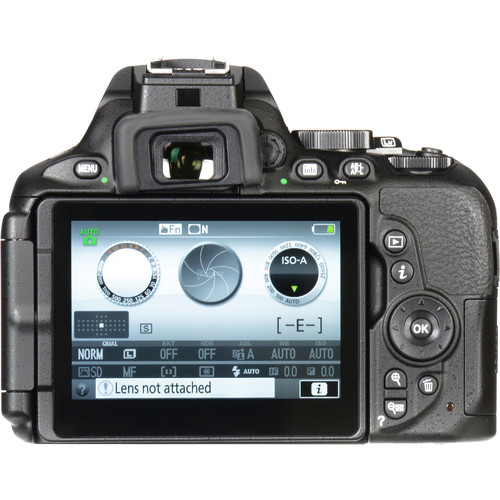
The screen comes with an intuitive touch interface, which makes changing the settings on this camera easier. Alternatively, you can also use the buttons on the camera to navigate around the menu and change the settings. However, some of the buttons are small and could be hard to locate.
Nikon D5600 Video Performance
The video above by Tech Through The Lens explains why D5600 is more suitable for photography rather than videography.
In general, videos taken with Nikon cameras need some tweaking in post to make them look more appealing and colorful. Unfortunately, Nikon’s color science is not as impressive as that of its competitors like Canon or Sony.
That doesn’t mean, however, you cannot use the Nikon D5600 for videography. In fact, it could be a perfect choice for budding filmmakers or Youtubers. Thanks to its flip LCD screen, the camera makes it easier to shoot videos from different angles.
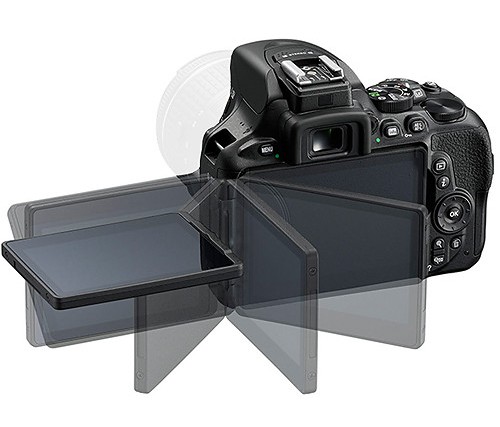
The camera can record full HD videos at 1080/60p and also offers live view autofocus for videography. However, the performance of its live view autofocus is not as good as that of Canon 70D or Canon 80D. For slow-motion effects, you can shoot your video at 60 frames and slow it down later in post.
The D5600 comes with the time-lapse movie feature, which is typically available in advanced Nikon models like the D7200. The feature allows you to execute time-lapse sequences within the camera itself.
For instance, you can capture moving clouds or melting ice for hours and later compress the file into a video of a few seconds in order to create the time-lapse effect.
Nikon D5600 Price
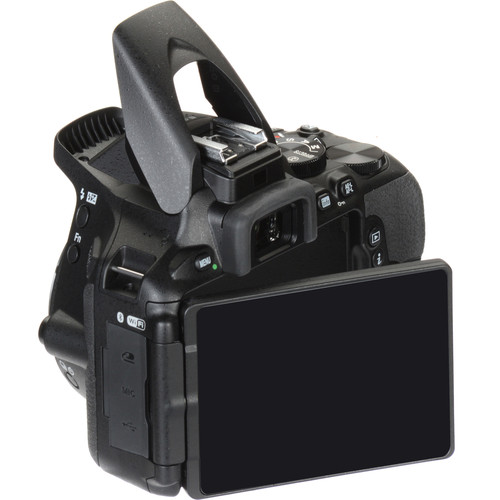
Overall, the Nikon D5600 offers a good value-for-money deal for beginners and intermediate-level photographers looking for an upper entry-level DSLR. It costs only $596.95 brand-new.
Considering the price, even professionals can use the D5600 as a backup camera for travel or outdoor photography.
If you are looking for more budget-friendly deals, consider buying a used D5600used D5600 in an excellent condition onMPBMPB. That way, you can save up to $200 on this camera.
If you don’t know about MPB and why it is an excellent used gear resource, check out our MPB review.
This blog post about "Nikon D5600 Review" was first published on our website here https://www.photographytalk.com/nikon-d5600-review